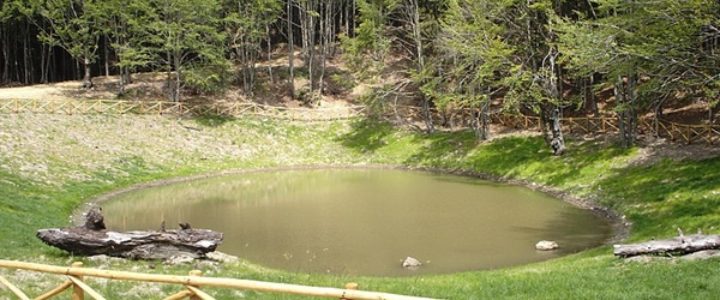
It is an important archaeological site where many statues have been found mainly of Etruscan origin, but also Greek-Hellenistic and Roman. A large part of these represents human anatomical parts, which are to be counted in the category of ex voto, but also statues representing animals, to symbolize sacrifices: all this gives a strongly sacred connotation to the place.
In the spring of 1838, after a fortunate discovery of a bronze statuette by a mandriana near this lake, a company formed in Stia by a group of local amateurs who undertook an excavation campaign: the exceptional quantity of finds emerged in the years 1838-1839 soon led to the drainage of the lake itself to facilitate excavations. As already mentioned, in fact, the lake has returned to new life only a few years ago.
All the fruit of this first excavation campaign was offered to Grand Duke Leopold II, who not only did not show interest in the purchase but even did nothing to prevent this treasure from being dispersed: Some finds have been found in the permanent collections of the most prestigious museums in the world (Louvre, British Museum, Hermitage, etc.), but most do not know the location. In the following years other excavation campaigns have been carried out bringing other remarkable results, especially thanks to the Archaeological Group Casentinese. The statues and other finds found in the recent excavations of 2003-2007 are on display at the Museo Archeologico del Casentino “Piero Albertoni” in Bibbiena.

